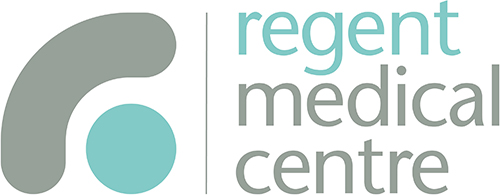Taking Action for a Healthier Heart: National Cholesterol Month
Nearly half of all adults have raised cholesterol. This increases our risk of having a heart attack or stroke.
October is National Cholesterol Month, so let’s talk about cholesterol.
What is Cholesterol?
Cholesterol is a waxy, fat-like substance. You need the right amount of it in your body to be healthy. There are two main types:
- HDL cholesterol (high density lipoprotein) carries lots of protein, and not much cholesterol. It’s often called “good cholesterol”. It produces vitamin D and helps us digest fat.
- LDL cholesterol (low density lipoprotein) has lots of cholesterol. It’s called ‘bad cholesterol” because too much of it in our blood can clog up the walls of our blood vessels. This makes it harder for blood to flow properly, increasing the risk of cardiovascular disease (CVD), like heart attacks or strokes.
CVD is a major cause of death and disability. It affects seven million in the UK and causes 1 in 4 premature deaths.
This video from Heart UK, the cholesterol charity, talks about the types, and what happens if you have too much bad cholesterol.
Causes of High Cholesterol
There are different things that can cause high cholesterol. One is our genetics, and another is our lifestyle.
Genetically, men are more at risk of heart disease than women. People from South Asian and sub-Saharan African orgin are also at higher risk.
Our cholesterol levels naturally rise as we age, so the older we are, the higher our levels will be. The hormone oestrogen also helps keep cholesterol down. So when women reach menopause, their cholesterol levels may rise.
You are also at higher risk if a parent or sibling has had high cholesterol or a heart attack or stroke.
Then there is lifestyle. All of these things can lead to high cholesterol, and high chance of cardiovascular disease:
- Drinking alcohol
- Smoking
- Being overweight (especially around the middle)
- An unhealthy diet
- Eating too much saturated fat
- Not being physically active


Getting a Cholesterol Check
The only way to know your cholesterol levels for sure, is to get a check. You might not have any signs, and as we know, it can be caused by your genes.
It’s recommended that all adults over 40 should get their cholesterol checked, no matter how healthy you feel.
To get a cholesterol check you can:
- Visit your GP Practice
- Get an NHS Health Check
- Go to a community pharmacist, although you may need to pay.
There are two main ways of testing your cholesterol.
- A finger prick test. It’s quick, and you’ll normally get your results while you are there.
- A small blood sample taken from your arm. This uses a needle and syringe, and the sample is sent off to be tested.
Your results will show your total cholesterol and the amount of “good” and “bad” cholesterol you have.
The results can be complicated, so discussing what they mean with a GP, Nurse or Pharmacist is important.
What to do about High Levels of “Bad” Cholesterol
Because high cholesterol can be caused by our lifestyle, making changes can lower it, too.
Making some simple changes can make your heart healthier. Here’s where to start:


Stop smoking. Smoking raises cholesterol and increases your chances heart attacks, stroke or cancer. Support to quit smoking is available. Visit the NHS Stop Smoking Service or call 0300 123 1044.
Cut down on alcohol. Don’t drink more than 14 units of alcohol a week. That’s about 6 pints of beer or a bottle and a half of wine. Have alcohol free days in your week.
Eat less fatty foods. Processed or fatty meats, butter, lard, cheese, cakes and biscuits all have lots of fat.
Eat more wholegrains. Brown rice, whole grain bread and wholewheat pasta are healthier options.
Eat more fruit and vegetables. Along with wholegrains, fruit and veg give you lots of fibre and make us feel full for longer.
Choose unsaturated fats. Oily fish like mackerel or salmon, and nuts or seeds contain healthier types of fat.
Be more active. 30 minutes of moderate exercise, 5 times a week, gets your heart rate up and burns calories. Brisk walking, swimming or cycling can be good ways to get started.
Keep going! Making changes to our lifestyle and diet can be difficult, so don’t try to do too much at once. It takes time to change habits, and healthy eating isn’t about having the perfect meal every time. It’s what you do most of the time that counts.
